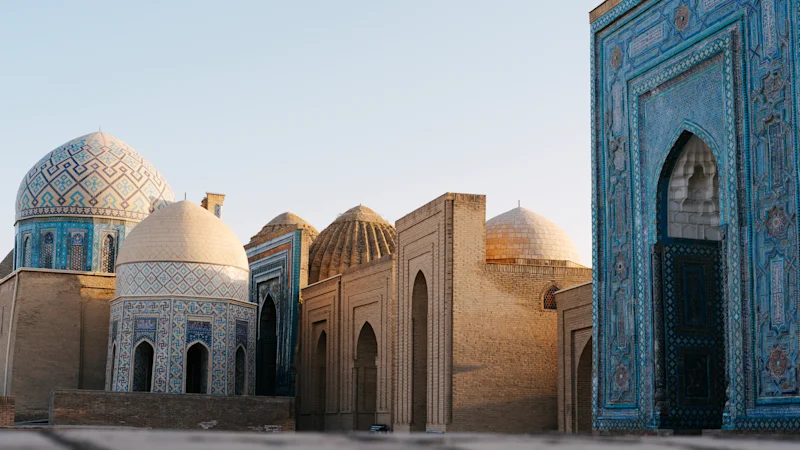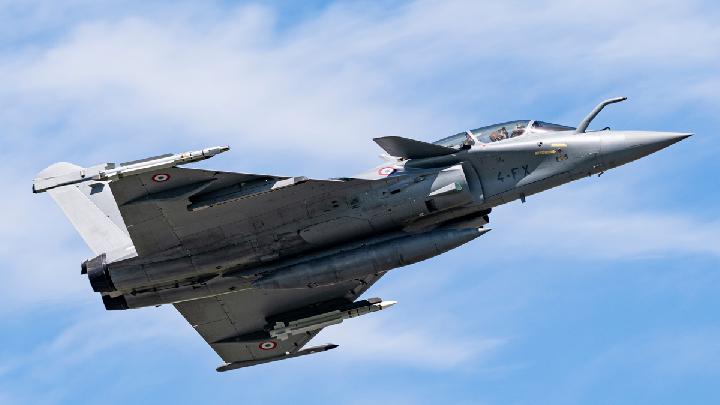Copyright brisbanetimes

The answer, if I’m honest, is the sum of all of those things. Unlike Bukhara, another Uzbek merchant town that flourished during the Silk Road era, its attractions are dispersed across the city, making it difficult to discover on foot. For that reason, Samarkand lacks the intimacy felt during a stay in Khiva, another Uzbek city with fortified ramparts that embrace an ant’s nest of alleyways filled with mosques, minarets and market stalls. On the flip side, I’m pleased to report that Samarkand’s Islamic monuments are every bit as magnificent as any in I’ve seen in Asia and the Middle East. Of those, none surpass the Registan, a once-dusty square where camel caravans laden with precious metals, exotic spices and handwoven carpets once milled with the crowds beneath a trio of imposing madrasas, each dedicated to the study of Islam. The Islamic schools are no more but the Registan remains a mesmerising sight, a jumbled mass of tiled domes and tilting minarets adorned with exquisite mosaics. Once full of lecture halls and dormitory cells, these madrasas are now occupied by musicians and souvenir stalls. At night and the buildings become canvases for spectacular laser shows. One minute they’re yellow, the next purple, or a mix of colours. Some in my group thought it was contrived. I thought it was stunning. Samarkand is no one-hit wonder, either. Artisans from across the empire used their wizardry to create timeless architectural treasures like Tamerlane’s mausoleum and the Bibi Khanum Mosque that was built to hold 10,000 worshippers. And while it may be too far to reach on foot, the Shah-i-Zinda necropolis is like no other cemetery on Earth, crammed with royal tombs decorated in Samarkand’s signature turquoise mosaics.



